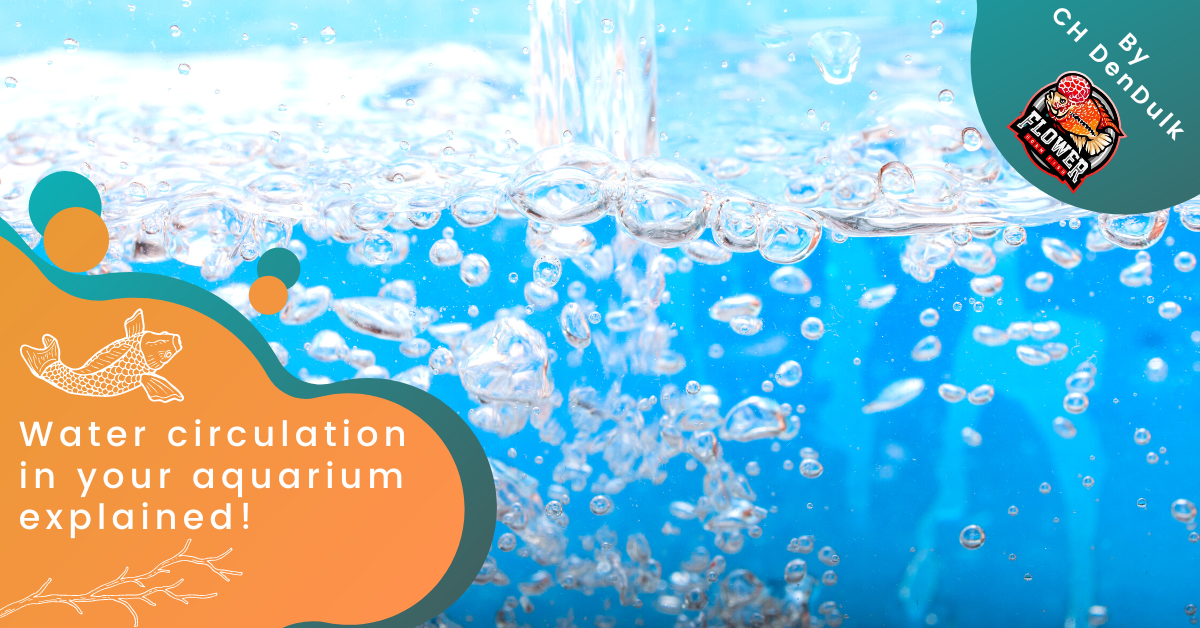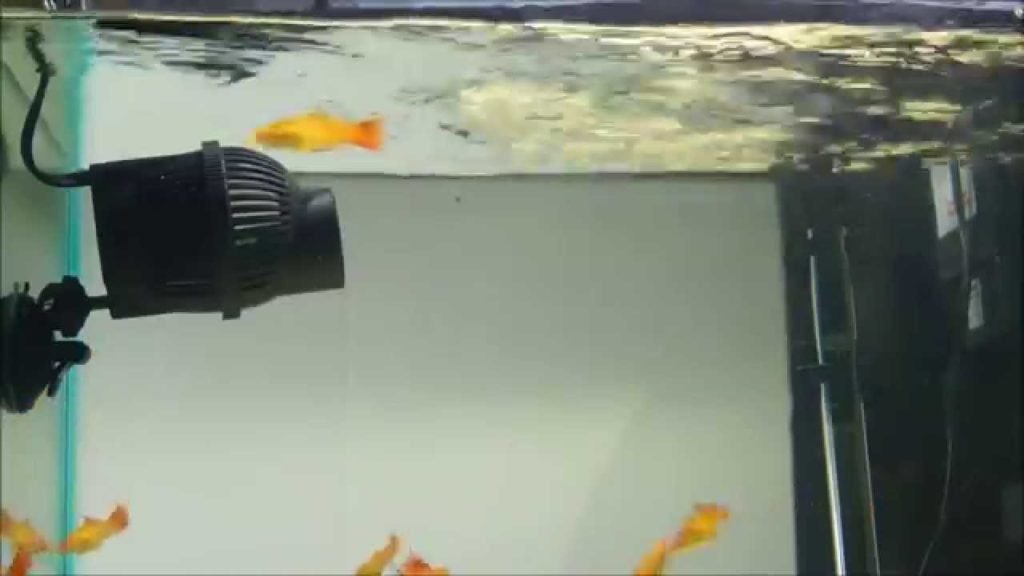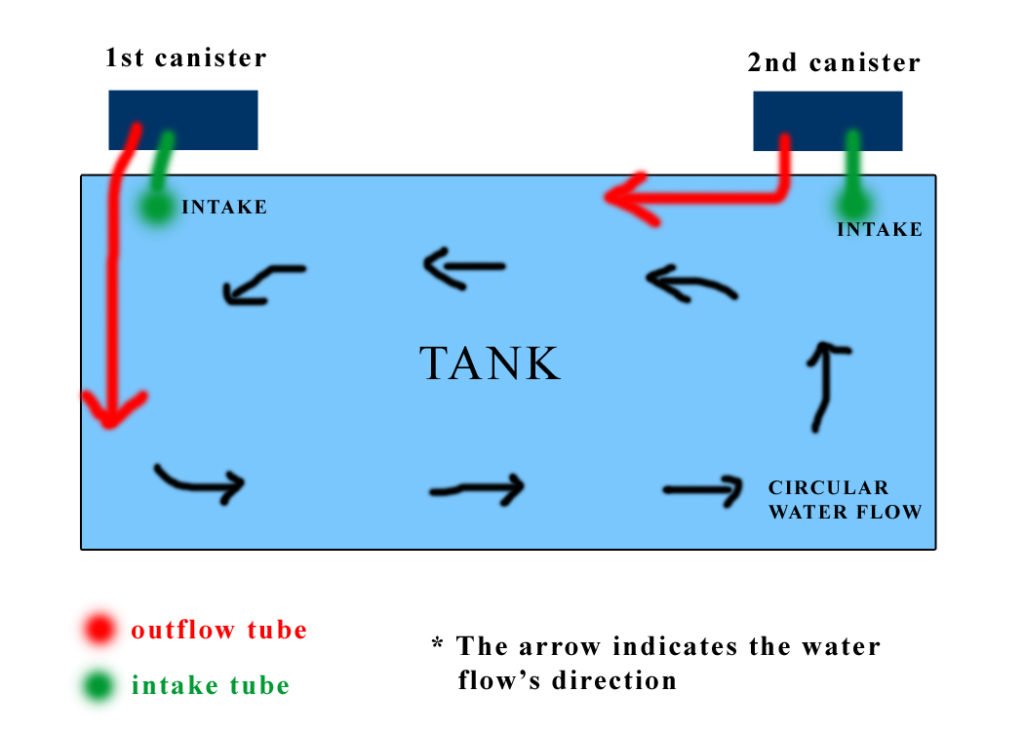Water circulation in your aquarium explained!

Water circulation is not a widely discussed topic in the freshwater aquarium hobby. Not having enough flow in your aquarium can lead to a whole host of problems in your aquarium. Aquariums (especially large ones) with lots of hardscapes can develop dead zones where lots of debris and fish waste collects. This ultimately leads to algae growth and a rise in the Ammonia and Nitrite levels of your aquarium. Having proper flow in your aquarium that reaches all the spots in your aquarium can stir up waste, so it can get collected by your filter. Proper flow also helps with evenly distributing nutrients for aquarium plants to consume, and finally, proper flow also improves surface agitation so that fish have enough oxygen to breathe. A lack of oxygen can cause the death of your fish, which is why flow is such an important part of your aquarium. Plus, some species of fish are used to living in fast-flowing rivers and would enjoy greater current in their environment.

What can I use to improve the water flow in my aquarium?
For larger aquariums or fish tanks that need faster flow, a powerhead or a wavemaker is a great option because of its versatility and multiple use cases for these two pieces of hardware. A powerhead and wavemaker is basically a submersible pump that’s primary job is to just suck up water and eject a powerful stream of water in any direction you wish. Thus creating flow in your aquarium and removing any dead spots in your aquarium. Dead spots are areas in your aquarium that have little to no flow at all.
How big of a powerhead or wavemaker do you need?
Ideally, you need something that does four times the volume of your aquarium in an hour, so if you have a 300-liter aquarium, then you need a wavemaker and/or powerhead that can move 1200 liters per hour In my personal experience, the ideal flow rate depends on the plants and fish in your aquarium because some tropical fish species can’t handle the strong current. If you see that your fish struggling to swim and your plants are being blown all over the place, then you need to look at a powerhead or wavemaker with a lower flow rate.

Where should I place my powerhead or wavemaker?
Locate the dead spots in your aquarium by observing how the dirt that gets caught in your filter’s flow moves through your tank. Also, check the substrate and corners of your aquarium, and it should be easy to pick up where the dirt is collecting. I like placing my powerheads and wavemakers near the top of the aquarium so that they agitate the water’s surface, causing a gas exchange to happen between the aquarium water and the atmosphere. Never place your pump near the bottom of your aquarium, it may stir up the substrate and cause cloudy water. Hopefully, this article will help you with removing those dead spots in your aquarium and creating the perfect amount of flow.










